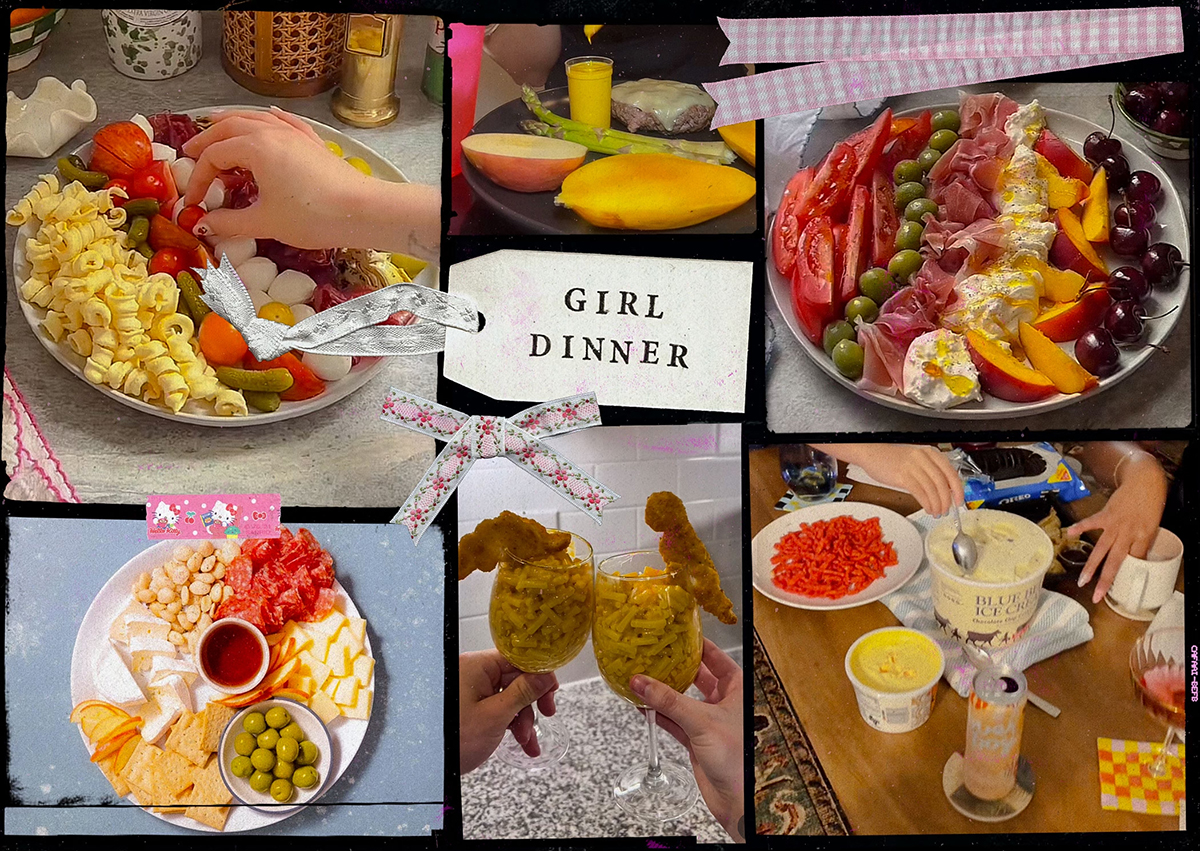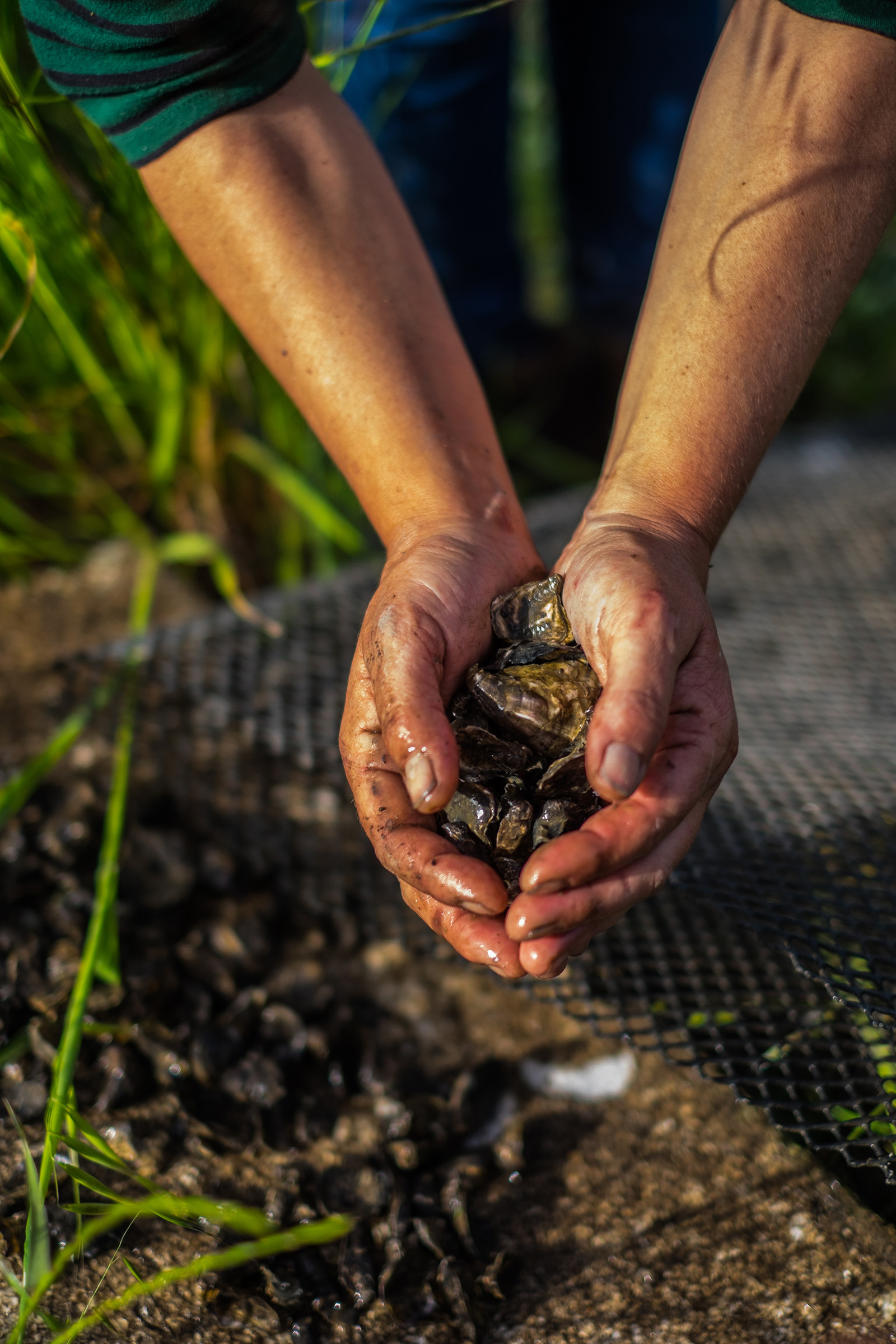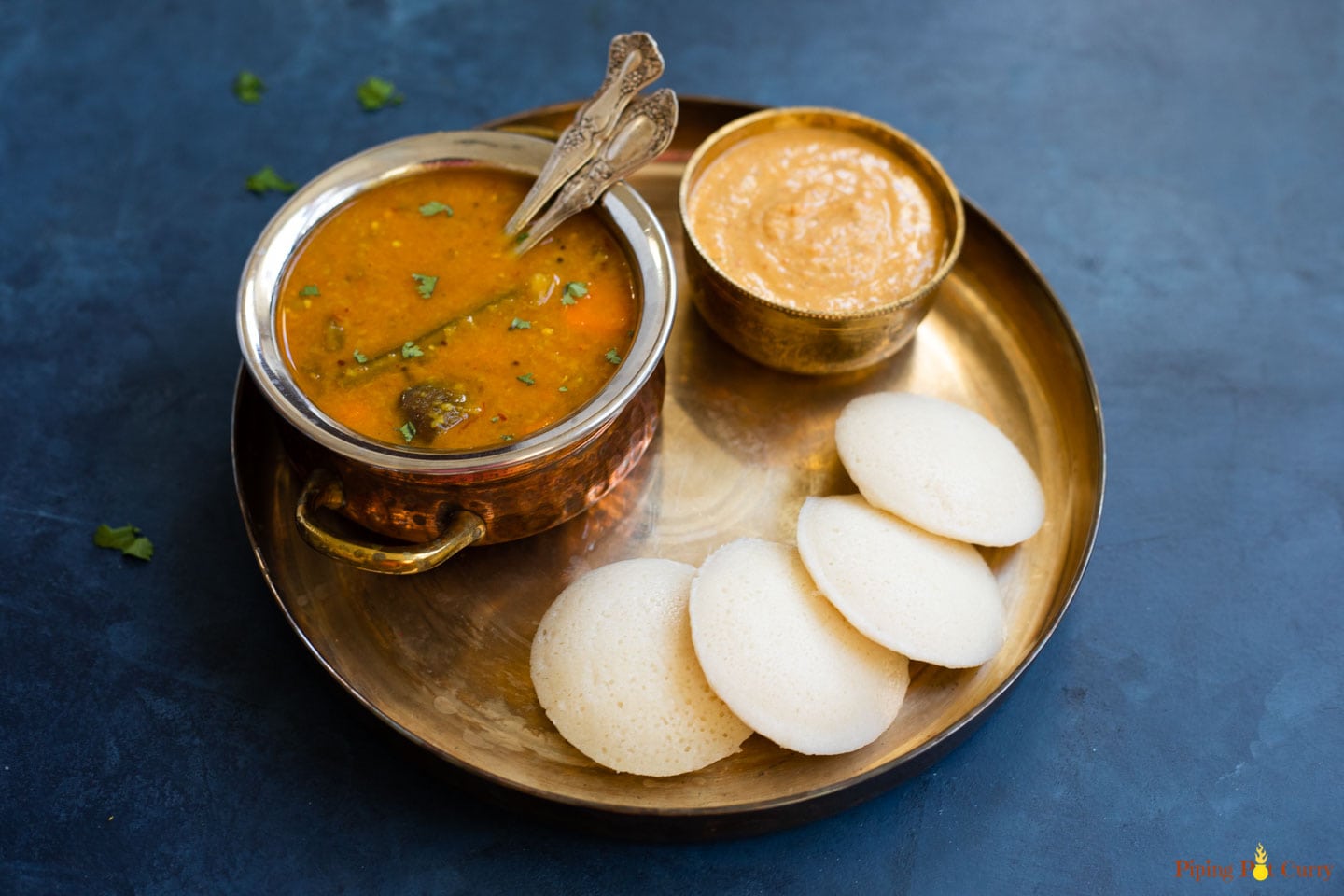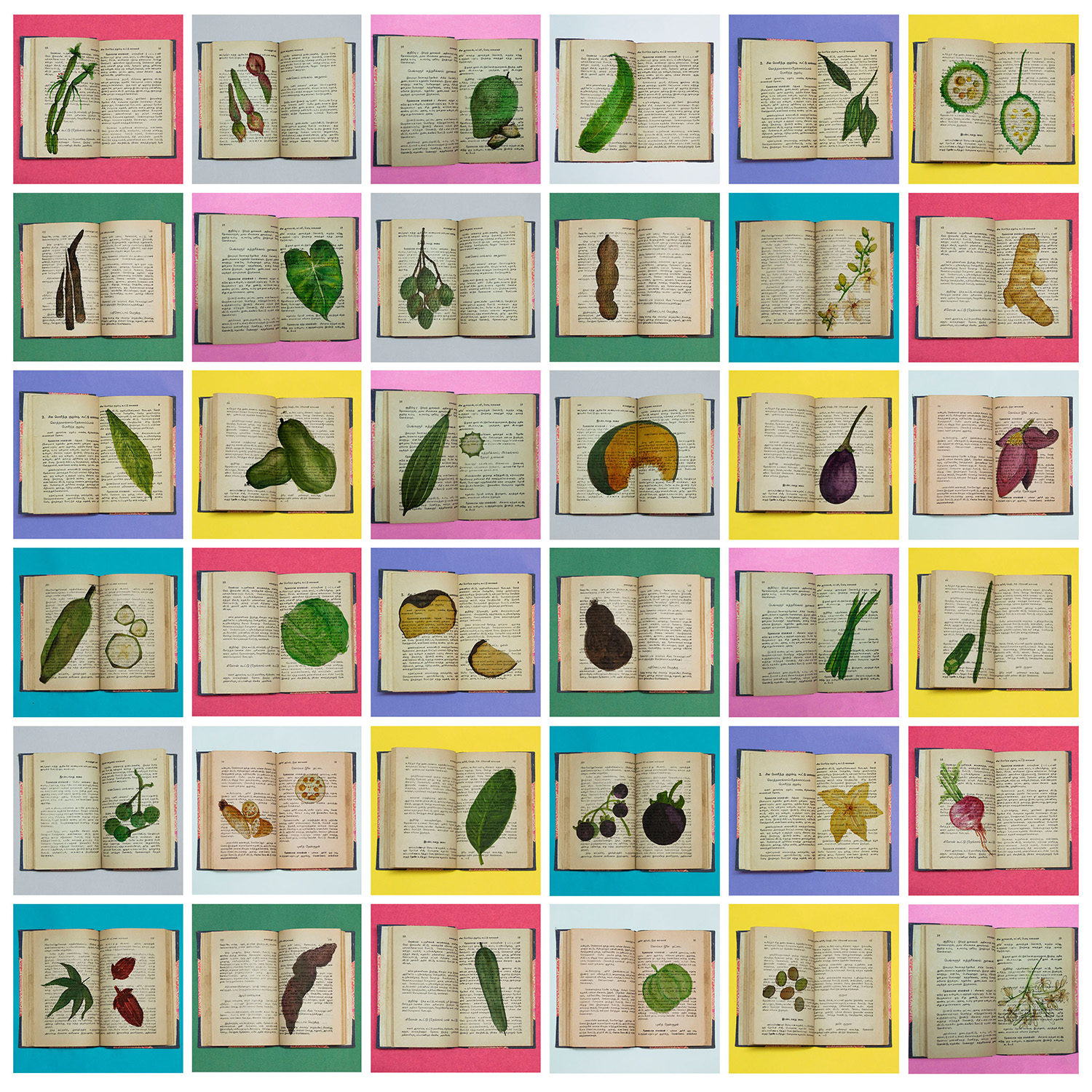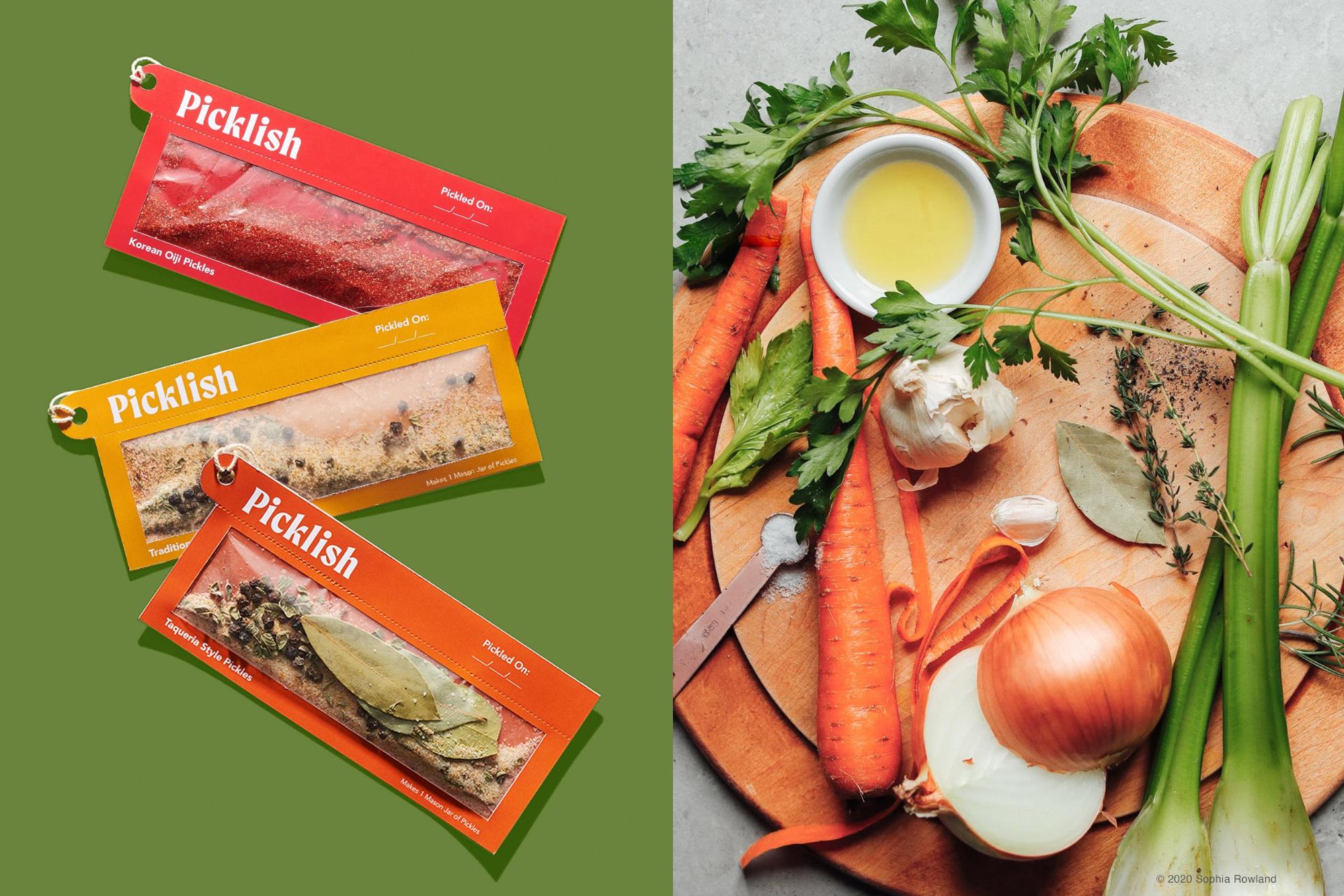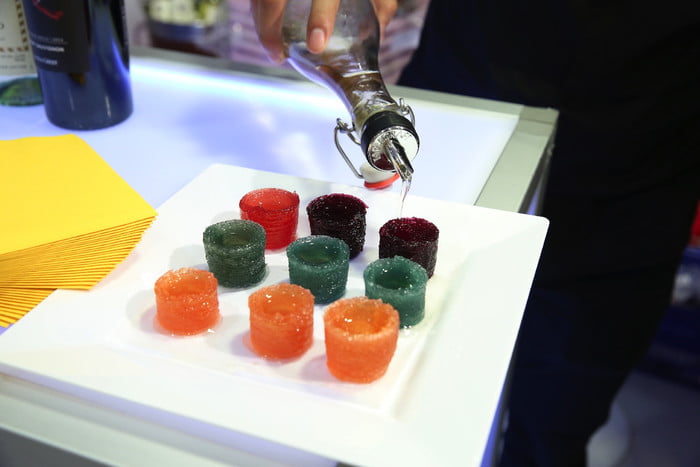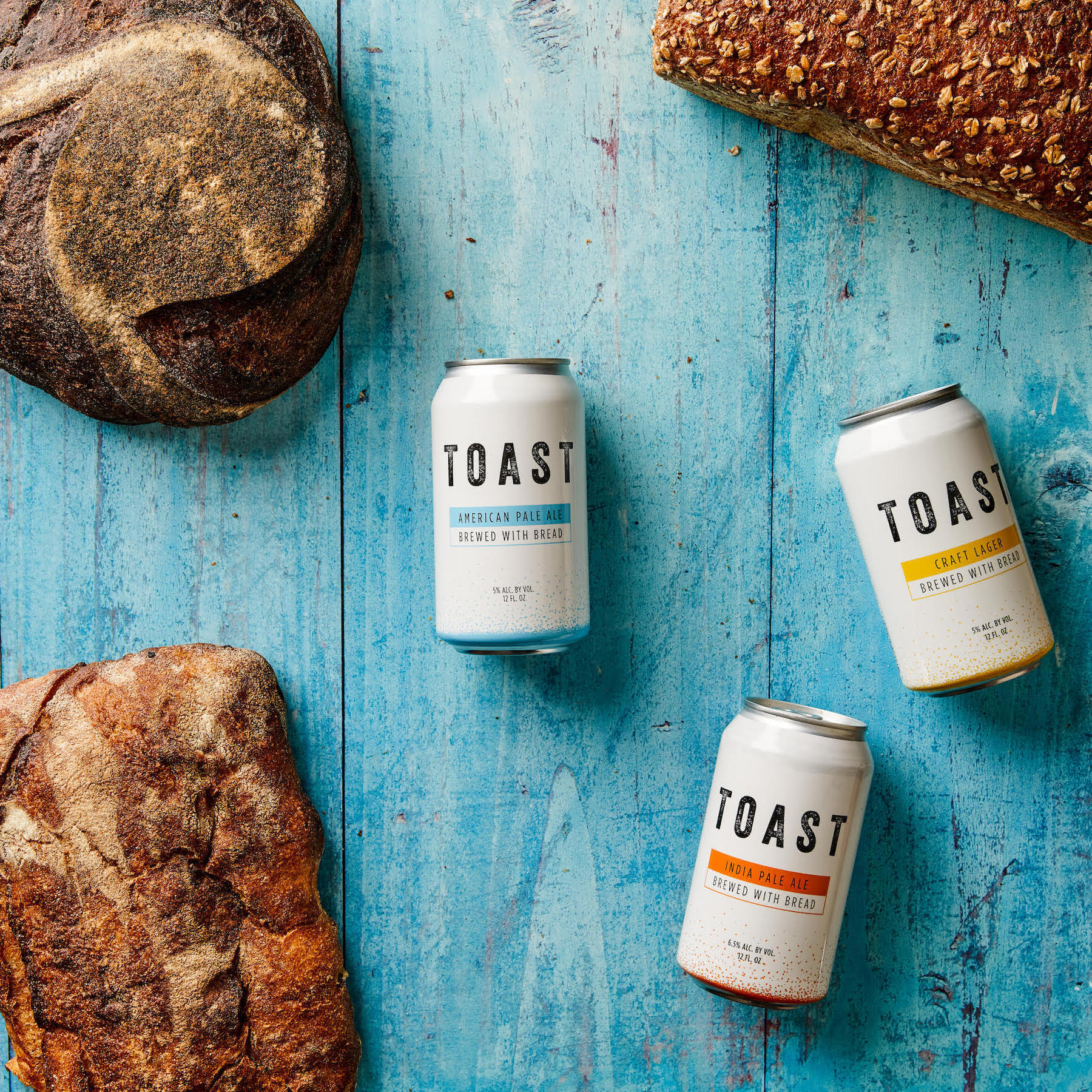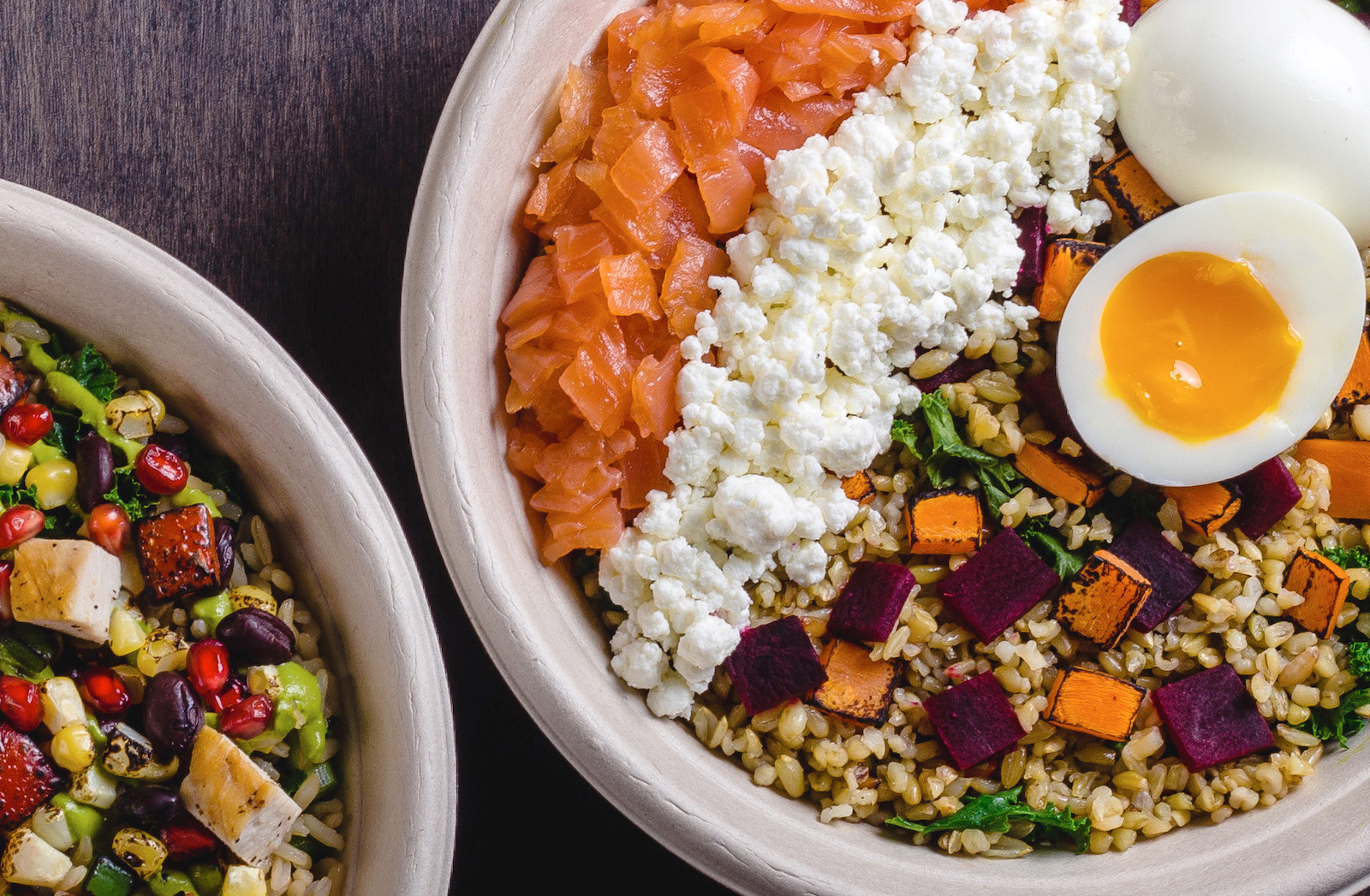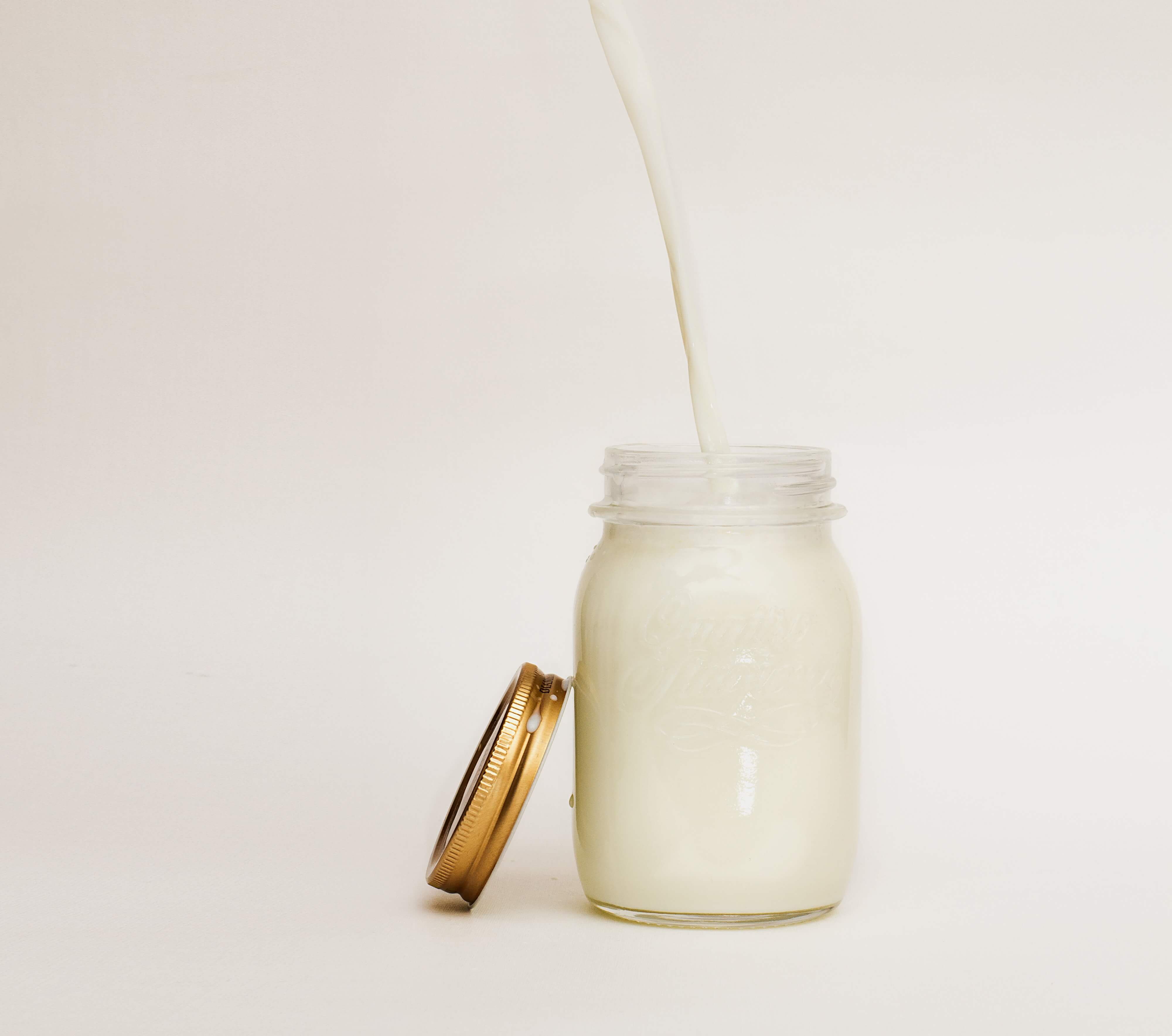If you have been anywhere near social media the last few weeks, you might have come across a new term: “Girl Dinner”. A Girl Dinner often contains a smorgasbord of offerings scavenged from the fridge, freezer, and pantry. Perhaps best described as ‘grown up finger food’, the meal requires little to no preparation, and is best compared to the deconstructed ingredients of charcuterie. Sometimes it is eaten standing over the counter and sometimes it is enjoyed with a glass of wine during a television marathon. What struck me is how incredibly normal the meals described as Girl Dinners seemed to me. Indeed, it might be because they offer a counter to the highly curated “What I Eat In a Day’s”, Pyrex-filled weekly meal-prepping videos, or stylings of food artists, that the Girl Dinner has become so ubiquitous.
It’s hard to nail down exactly what qualifies as one of these meals, but the logic of Girl Dinner seems rather simple: it’s what’s already in the home. These meals range from a collection of toasts, spreads, cheeses, raw veggies and pickles, to reheated leftovers, to wine glasses full of Kraft mac and cheese.
Rather than spending hours crafting a full course meal, Girl Dinner is about eating free from the labor of preparing food for spouses, children or even oneself. Though more adults are living without a spouse or partner, women living with men on average take on an additional seven hours of domestic labor, while saving their partners from one hour of housework a week. Even in solitude, there is the cultural expectation that when women are not entertaining dinner guests or family members, we are still expected to perform exemplary behaviors of labor and optimization. Girl Dinner is a personal luxury, reframing the parameters of mealtime, rejecting the mental load, labor, and preparation that goes into a meal in exchange for the freedom of present enjoyment.
When we devise meals in our heads, typically we begin by casting ingredients to fill the roles for a nutritional meal. We might make sure to choose a protein, carbohydrate, and vegetable to be the foundation for the meal. However, when it comes to Girl Dinner, women are considering cravings and the sensory experience of taste to create a satiety in their meal. What results is a variety of different textures, different flavors, and different combinations of both.
A deeper survey of the internet’s offerings for the Girl Dinner, however, reveals something more nefarious, with nutritionists and netizens alike calling out some spare “dinners” as a glorification of eating disorder culture. These meals masquerading as Girl Dinner are actually proposing the opposite of what Olivia Maher, the TikTok user who coined the term, intended for the term. She describes Girl Dinner as “a giddy experience”. What is giddy about restriction? What is indulgent about deprivation? The delectable nature of Girl Dinner is rooted in the immediacy of desire and indulgence, described by twitter user @killdads: “girl dinner is making the sandwich in your mouth. girl dinner is the creaturely practice of hunting what’s gathered”. In its most loose renditions, true Girl Dinner is still a curated experience of variety and satiety in the present moment.
Although Girl Dinner first skyrocketed to popularity because of the beautiful olive-and-cheese plates content creators were presenting, not every meal is prepared to perfection— some aren’t necessarily prepared at all. Last week, I watched from my friend’s kitchen table as she scanned the fridge and pulled out leftover pea gazpacho and pesto. The pesto was spread on toast with slices of salted tomatoes. Partway through the meal we decide we would like a drink: vodka and syrupy cherries with a frozen ice pop squeezed into the glass. We scooped the cold soup with pieces of bread, gone stale from the humidity of New England in July. We slurped on our franken-cocktails. It was delicious.
